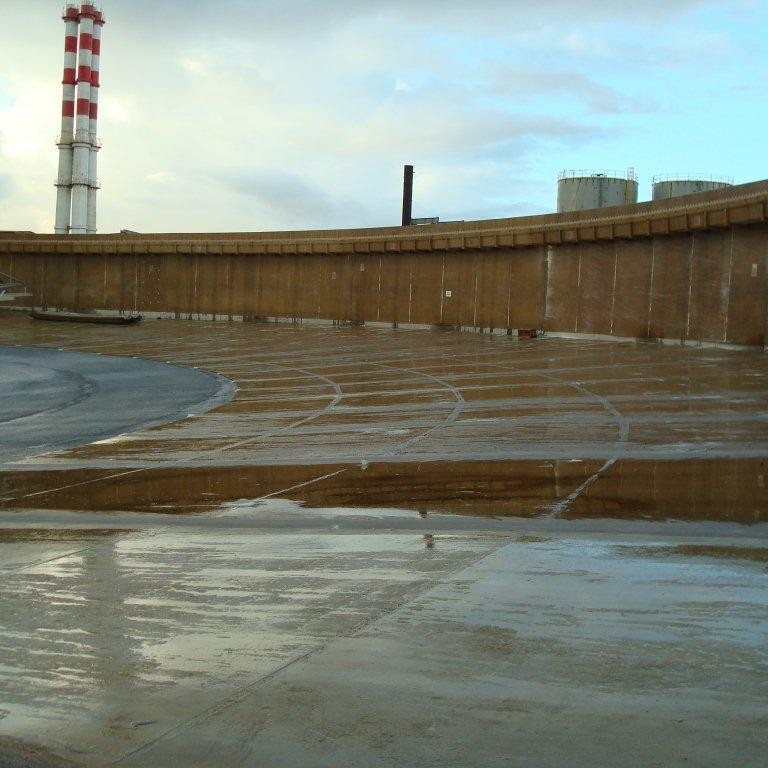
-
 Afrikaans
Afrikaans -
 Albanian
Albanian -
 Amharic
Amharic -
 Arabic
Arabic -
 Armenian
Armenian -
 Azerbaijani
Azerbaijani -
 Basque
Basque -
 Belarusian
Belarusian -
 Bengali
Bengali -
 Bosnian
Bosnian -
 Bulgarian
Bulgarian -
 Catalan
Catalan -
 Cebuano
Cebuano -
 China
China -
 China (Taiwan)
China (Taiwan) -
 Corsican
Corsican -
 Croatian
Croatian -
 Czech
Czech -
 Danish
Danish -
 Dutch
Dutch -
 English
English -
 Esperanto
Esperanto -
 Estonian
Estonian -
 Finnish
Finnish -
 French
French -
 Frisian
Frisian -
 Galician
Galician -
 Georgian
Georgian -
 German
German -
 Greek
Greek -
 Gujarati
Gujarati -
 Haitian Creole
Haitian Creole -
 hausa
hausa -
 hawaiian
hawaiian -
 Hebrew
Hebrew -
 Hindi
Hindi -
 Miao
Miao -
 Hungarian
Hungarian -
 Icelandic
Icelandic -
 igbo
igbo -
 Indonesian
Indonesian -
 irish
irish -
 Italian
Italian -
 Japanese
Japanese -
 Javanese
Javanese -
 Kannada
Kannada -
 kazakh
kazakh -
 Khmer
Khmer -
 Rwandese
Rwandese -
 Korean
Korean -
 Kurdish
Kurdish -
 Kyrgyz
Kyrgyz -
 Lao
Lao -
 Latin
Latin -
 Latvian
Latvian -
 Lithuanian
Lithuanian -
 Luxembourgish
Luxembourgish -
 Macedonian
Macedonian -
 Malgashi
Malgashi -
 Malay
Malay -
 Malayalam
Malayalam -
 Maltese
Maltese -
 Maori
Maori -
 Marathi
Marathi -
 Mongolian
Mongolian -
 Myanmar
Myanmar -
 Nepali
Nepali -
 Norwegian
Norwegian -
 Norwegian
Norwegian -
 Occitan
Occitan -
 Pashto
Pashto -
 Persian
Persian -
 Polish
Polish -
 Portuguese
Portuguese -
 Punjabi
Punjabi -
 Romanian
Romanian -
 Russian
Russian -
 Samoan
Samoan -
 Scottish Gaelic
Scottish Gaelic -
 Serbian
Serbian -
 Sesotho
Sesotho -
 Shona
Shona -
 Sindhi
Sindhi -
 Sinhala
Sinhala -
 Slovak
Slovak -
 Slovenian
Slovenian -
 Somali
Somali -
 Spanish
Spanish -
 Sundanese
Sundanese -
 Swahili
Swahili -
 Swedish
Swedish -
 Tagalog
Tagalog -
 Tajik
Tajik -
 Tamil
Tamil -
 Tatar
Tatar -
 Telugu
Telugu -
 Thai
Thai -
 Turkish
Turkish -
 Turkmen
Turkmen -
 Ukrainian
Ukrainian -
 Urdu
Urdu -
 Uighur
Uighur -
 Uzbek
Uzbek -
 Vietnamese
Vietnamese -
 Welsh
Welsh -
 Bantu
Bantu -
 Yiddish
Yiddish -
 Yoruba
Yoruba -
 Zulu
Zulu
Innovative Methods for Fiberglass Dual Lamination Techniques and Applications
The Advantages of Fiberglass Dual Lamination
Fiberglass dual lamination has emerged as a leading innovation in materials science, particularly in applications requiring enhanced strength, durability, and resistance to various environmental factors. This composite material combines the lightweight properties of fiberglass with the added benefits of dual-layer lamination, creating a versatile solution for various industries, including automotive, aerospace, construction, and marine.
Enhanced Strength and Durability
One of the primary advantages of fiberglass dual lamination is its superior strength-to-weight ratio. Traditional materials often struggle to provide both durability and a lightweight profile. However, the unique structure of dual-laminated fiberglass allows it to withstand significant stress while remaining remarkably lightweight. This is particularly valuable in industries such as aerospace, where minimizing weight can lead to improved fuel efficiency and performance.
Moreover, the dual-layer technique enhances resistance to impact and wear. The inner and outer layers can be tailored to meet specific physical requirements, providing maximum protection against abrasions, chemicals, and harmful environmental factors. This resilience is crucial in applications where materials face harsh conditions, such as in marine settings, where exposure to saltwater and extreme weather can deteriorate standard materials rapidly.
Corrosion and Chemical Resistance
Another significant benefit of fiberglass dual lamination is its exceptional resistance to corrosion. Many industries, such as chemical processing, require materials that can withstand aggressive environments and corrosive substances. Fiberglass, by nature, offers excellent chemical resistance, and when combined with dual lamination, it ensures longevity and reliability even in the most challenging applications.
fiberglass dual lamination

The protective outer layer can be engineered to resist specific chemicals or environmental conditions, providing tailored solutions for various industrial needs. This customization is a vital feature that traditional materials often lack.
Cost-Effectiveness
While the initial production of fiberglass dual lamination may involve higher costs compared to standard materials, the long-term benefits are undeniable. The durability and reduced maintenance requirements lead to significant cost savings over time. Projects that utilize this advanced material often experience fewer replacements and repairs, contributing to lower overall operational costs.
Additionally, the lightweight nature of fiberglass dual lamination allows for easier handling and transportation, further reducing logistical expenses. As industries continuously seek ways to improve efficiency and cut costs, the adoption of fiberglass dual lamination becomes increasingly appealing.
Conclusion
Fiberglass dual lamination stands out as an advanced material solution that addresses many of the limitations of traditional construction materials. Its unique combination of strength, durability, corrosion resistance, and cost-effectiveness positions it as a front-runner in various applications. As industries evolve and the demand for innovative materials continues to grow, fiberglass dual lamination is poised to play a crucial role in shaping the future of construction, manufacturing, and beyond. By harnessing the advantages of this remarkable material, companies can enhance their products' performance and longevity, ultimately contributing to a more sustainable and efficient future.









